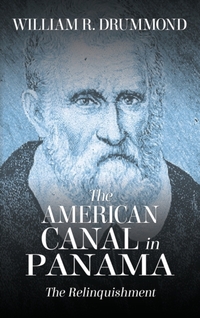Marco Polo's family traveled to the Far East with the hope of establishing trade with what today is known as China and India. But It was Henry of Portugal who argued for a safer route. Fifty years later, Bartholomew Dias, an agent of Portugal, followed the western coast of Africa, to the southern shores, and the riches of India, China, and Japan. Christopher Columbus of Spain and Magellan of Portugal proved that it was possible to travel west to go east to the Orient. Eventually, the riches of the American continent, the gold, silver, lumber, and slaves, led to European settlements. Throughout these events loomed the necessity for an economical East-West maritime route to the Far East. The Panama Railroad was built during the California gold rush. Lincoln had the solution for this problem, by created the Transcontinental Railroad. As the traffic on the Transcontinental Railroad increased, traffic on the Panama Railroad decreased. As the United States procrastinated, de Lesseps decided to create a sea-level canal in Panama. The enterprise failed, but Bunau-Varilla never gave up on it. William Cromwell, a man steeped in corruption, was able to influence almost all aspects related to the Panama Canal. Bunau-Varilla, a man of rigid principle, signed the 1903 Panama Canal Treaty, and walked away, satisfied he had done an honest job. From 1903 until 1912, the United States built the Panama Canal.

